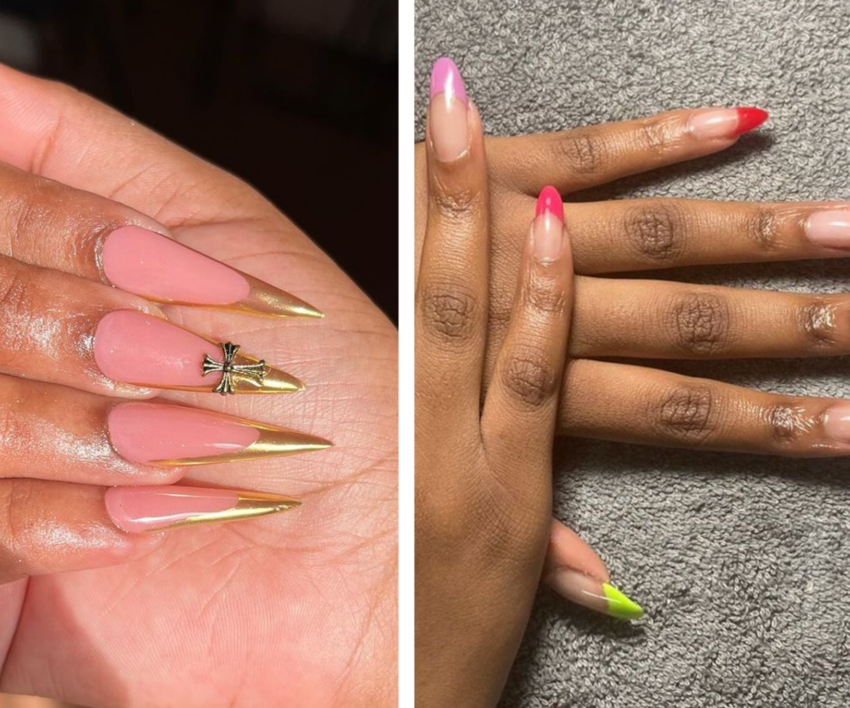
Nail care is essential. However, choosing the right type of nail can be challenging. To understand the difference between gel and acrylic nails, it’s essential to comprehend what nail extensions are and the process involved in adding length and layers to the nail bed.
Kelly Dobos, a cosmetic chemist from Cincinnati, explains that the extension process entails building hard gel or acrylic on a natural nail, adding that gels, acrylics, and even powder ‘dip’ nails are all made from acrylic polymers, and polymerisation is a crucial part of the application process.
Brittney Boyce, a nail artist and gel extension specialist explains that there are differences between gel extensions and acrylic nail tips. One of the main differences is the polymerisation process and ease of removal, she adds, “Acrylics tend to be harder than gel, and the treatment involves mixing a powder (polymer) and a liquid (monomer) to create a dough-like consistency that can be filed and moulded into shapes.”
Kelly adds that acrylic polymer networks are denser than gel, which makes them more rigid, less flexible, and more difficult to remove. Dip powder is even harder to remove than acrylic, which puts the natural nail in a state where damage is likely inevitable.
Gel nail polish, on the other hand, tends to be softer and more flexible than acrylic, and the gel extensions tend to be less damaging. The main difference between gel and acrylic formulas is that gel is already mixed and needs to be cured with a UV light or LED lamp, while acrylic requires mixing during the application process.
Glitterbels – a beauty website that teaches you how to do nails – offers these advantages and disadvantages of acrylic and gel nails:
Advantages of Acrylic and Gel Nails:
Acrylic Nails:
•Can last up to six weeks without chipping or peeling, making them suitable for weak or brittle nails.
•Despite higher costs, they last longer and come in various styles and colours.
•No need for regular polishing or touch-ups, and no special care or cleaning products.
•Offers a polished and sophisticated look with a variety of styles and colours.
• Allows customisation of shape, size, colour, and style to reflect personal personality.
Gel Nails:
•Has a glossy, natural-looking finish similar to natural nails.
•Uses a special gel nail polish remover for easy removal.
•Can last up to two to three weeks with proper maintenance.
•Doesn’t cause damage to natural nails.
•Has a variety of colours and shades.
Disadvantages of Acrylic Nails and Gel nails:
Acrylic nails
• Applying strong adhesive can weaken natural nails and cause dryness and damage.
• Made from plastic, acrylics may not appear natural.
Gel Nails:
• Additional cost for equipment and regular UV light exposure.
• More expensive.
• More flexible and less resistant to chipping or breaking.
• Requires regular fill-ins to maintain appearance.
Also see: Mastering the art of DIY nails




